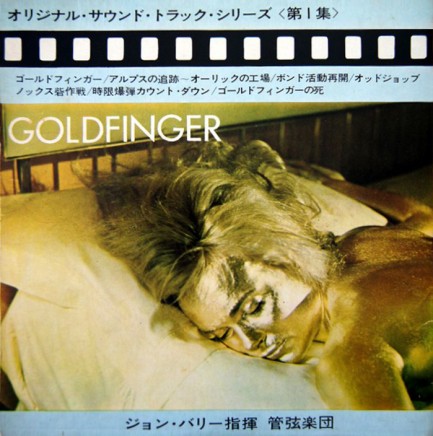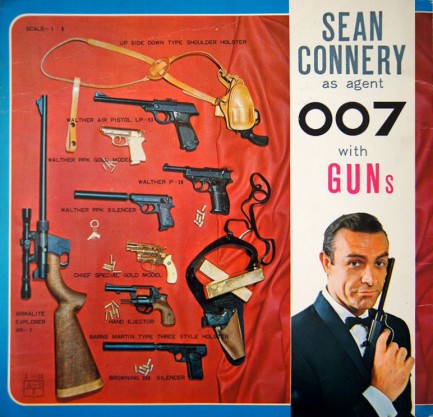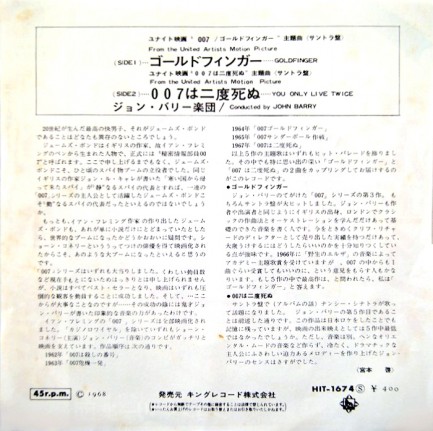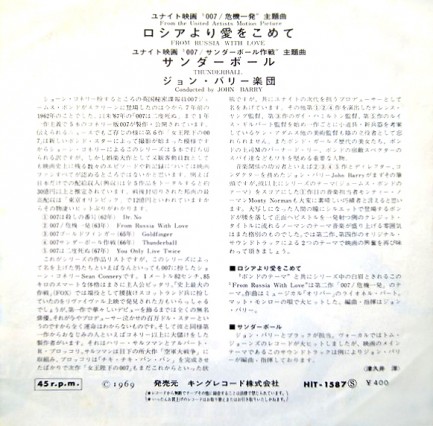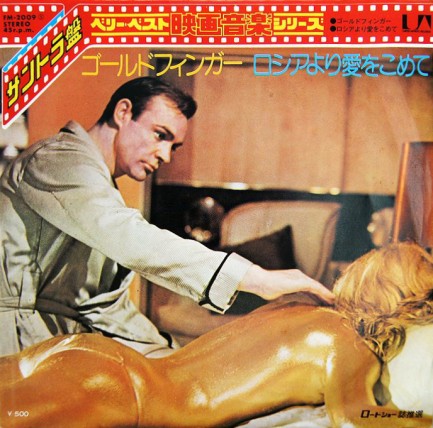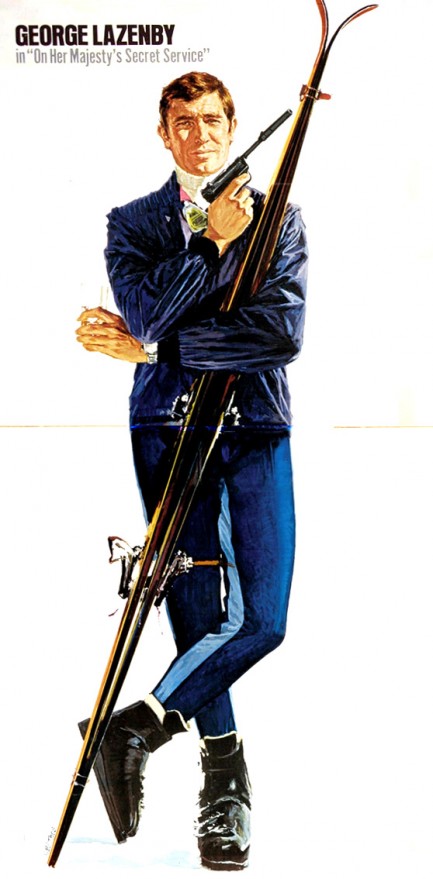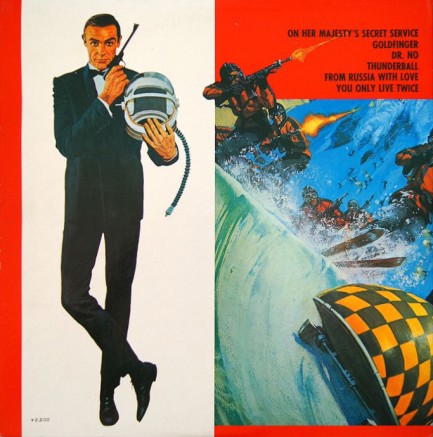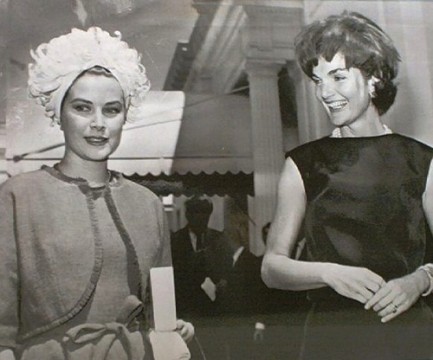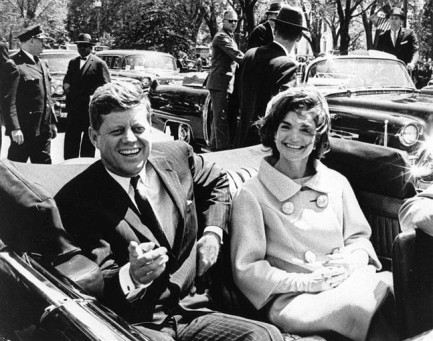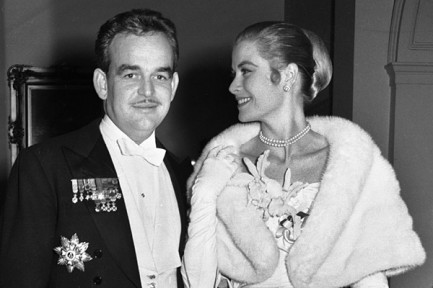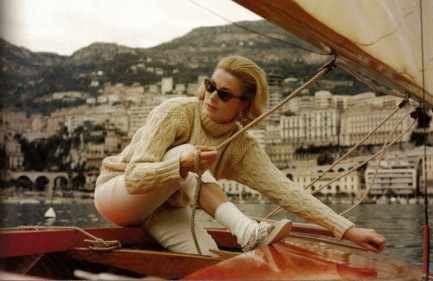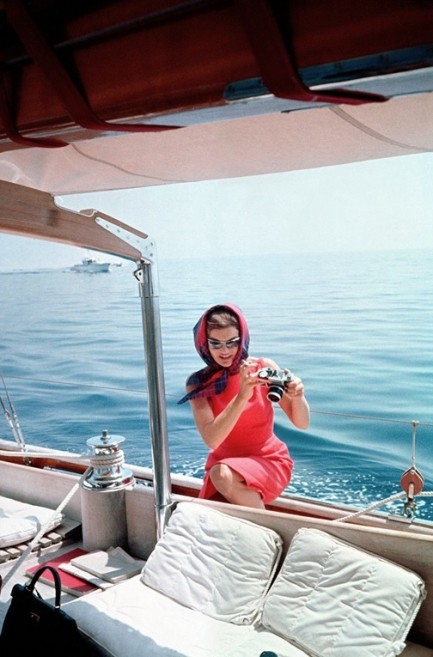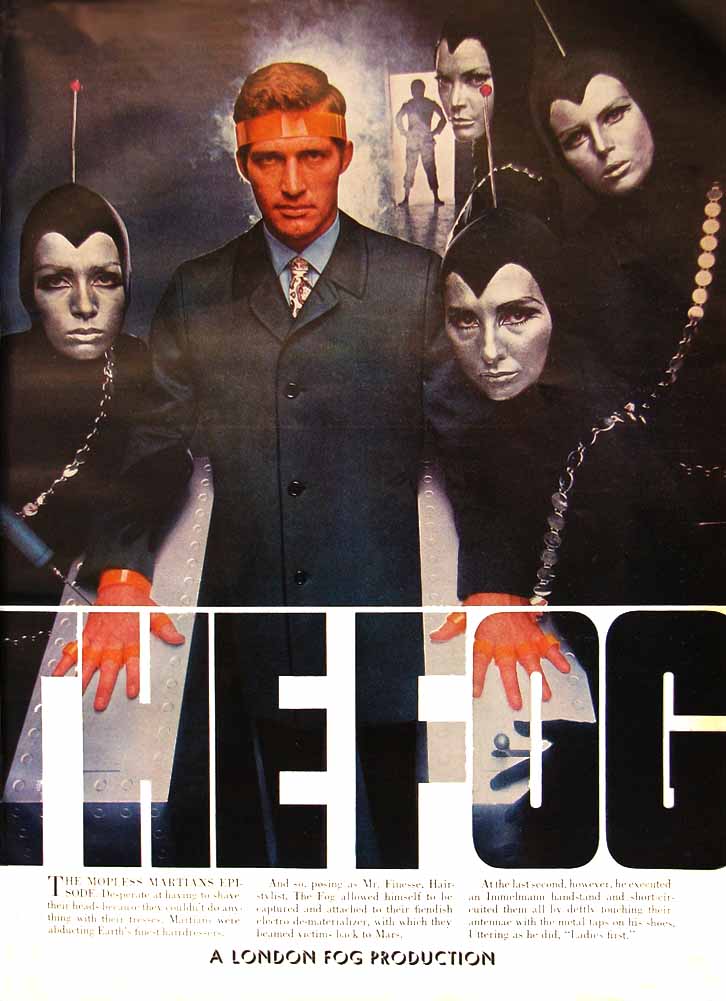 Diamonds are forever, but Connery wasn’t. 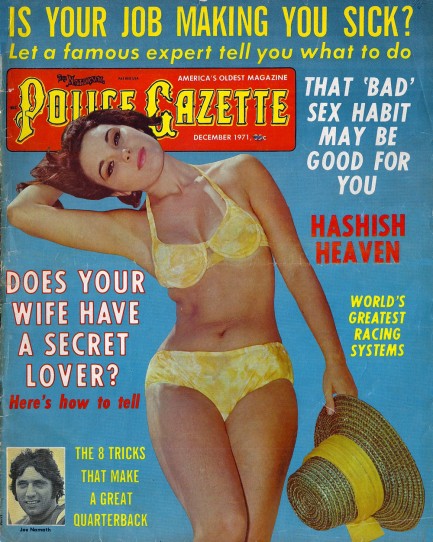
Sean Connery made as many appearances in sixties and seventies tabloids as just about any celeb of his time period, so here he is again in an article promoting his role in Diamonds Are Forever, which would premiere just a couple of weeks after this December 1971 National Police Gazette hit newsstands. we talked a bit about the source novel for the film, and author Ian Fleming's troubles with his publishers. It's interesting, so check here if you wish. In Gazette, Connery speaks of his futile struggle to portray James Bond as a balding hero, and quips about making his stylist thin his wigs so there was almost no point in wearing them at all. Connery said about Bond’s aging, “No one is immortal—not me, not you, and not James Bond.” It was a commendable sentiment, but naïve. Seems as though Connery didn’t realize United Artists had already branded Bond well beyond the point where the character was tethered to any concept of aging. The studio proved that when it brought the much younger Roger Moore on the scene for 1973’s Live and Let Die. Moore would later give way to Dalton, who gave way to Brosnan, who gave way to Craig, as Bond himself remained eternally forty-ish through the passing years. Elsewhere in the Gazette you get a report on the hash capital of the world, the world’s greatest racing systems, and the usual assortment of random beauties in bathing suits. All that, plus hashish toasted cheese, below.
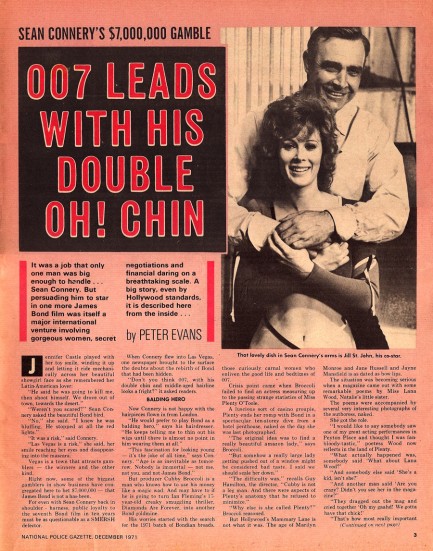 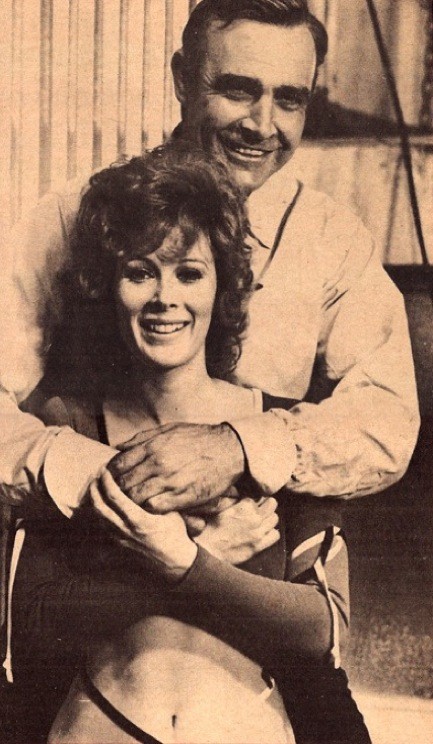 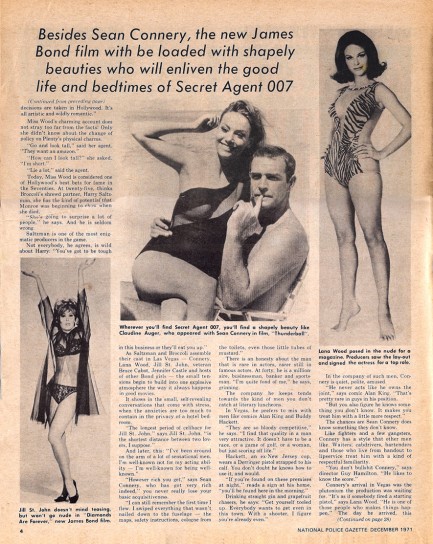 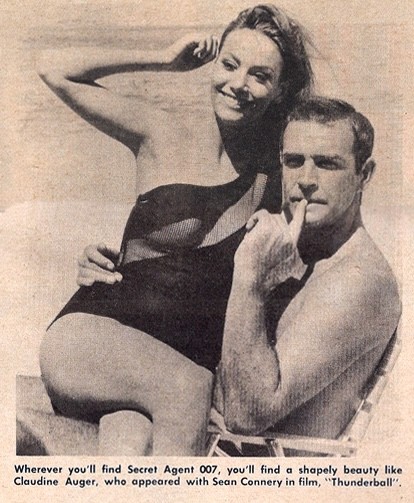 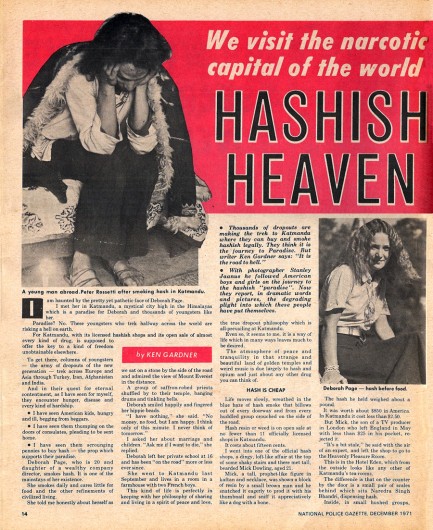   
 *psst* Ever since Claudine got hold of that speargun the look in her eye really worries me. 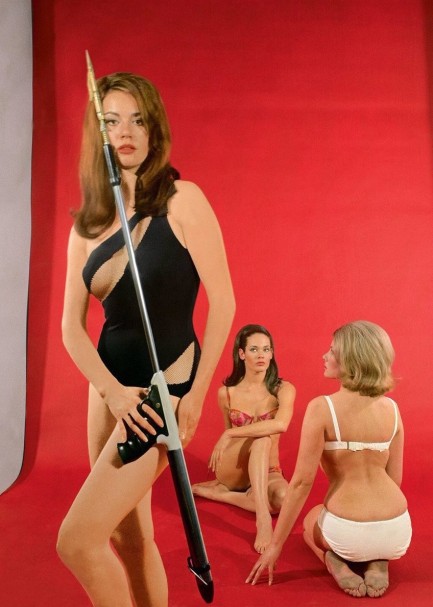
The James Bond flick Thunderball produced an unusually fertile crop of excellent promo images, owing largely to the three actresses you see above—Claudine Auger, Martine Beswick, and Luciana Paluzzi. It's Auger who's posing with the speargun, and there are other good shots of her wielding it. If Beswick and Paluzzi are worried, it's possibly because they suspect they won't survive the film. In early Bond adventures only one of his many love interests usually survived, and in Thunderball that's Auger. Her reward? A little thunderballing.
 He promised her a smashing time on safari but this was nothing like she had in mind. 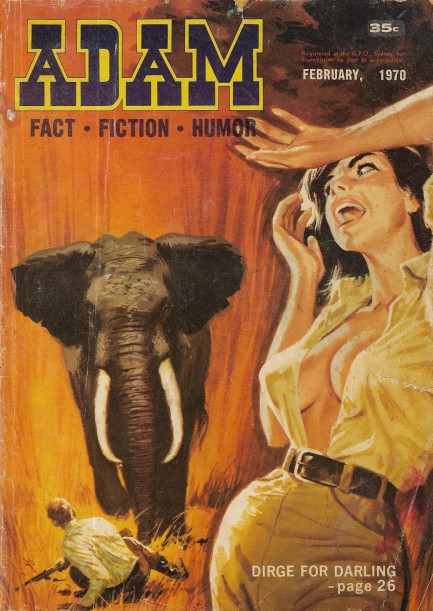
Adam magazine's covers are nearly always the same—two to four people and a pivotal action moment. This front from February 1970 is a typical example. It shows an unfortunate hunter learning that elephants sometimes won't simply stand still and let you shoot them through the heart so you can turn their tusks into paperweights. The nerve, really. The painting is great. It's by Jack Waugh or Phil Belbin, but it's unsigned, so there's no way to know. Waugh did sign a couple of the interior panels, though. The cover was painted for Ken Welsh's story, “Dirge for a Darling,” which deals with a woman on safari who wants her hunting guide to kill her rich, alcoholic husband. Risky, but when you stand to inherit fifty million dollars, what's a little risk?
We try to avoid spoilers, but since you're never going to have a chance to read this obscure story, we'll just tell you what happens. The husband is a terrible guy, and he spends his days shooting badly at wildlife, and his nights drinking himself into a stupor. The fact that he's always insensate by dark is what allows the wife to start bedding the hunter right in camp in the first place. Once the hunter has been convinced to do the job, he realizes he must devise a foolproof yet suspicion free murder. He plans and schemes for days, looking for an angle, and finally tells the wife he has an idea, but the less she knows the better. Her job is to convincingly play the grieving widow when it happens, so for the sake of realism it's better if she's in the dark.
One morning the hunter comes to fetch the husband for a foray into the bush. Elephants are near. Today is the day the husband will finally get a big tusker. But the husband is hung over like never before. He wants a trophy, but can't possibly go shooting. He asks the hunter to bag an elephant for him. As the cover depicts, the hunter gets trampled to death. When the news comes to camp, the husband smiles evilly. The hangover had been an act. He'd discovered his wife's affair and, while she and her lover were otherwise occupied, had filed down the firing pin on the hunter's rifle. The gun didn't work when needed, resulting in a squashing.
The husband has a celebratory drink and forces his wife—who hates liquor—to join him. The husband cramps, convulses, and dies in excruciating pain. The wife realizes the hunter's foolproof murder method was to poison her husband's beloved liquor in such a way as to make authorities think it had been a bad batch. Then she cramps, convulses, and dies in excruciating pain too. The story ends: “It was all very sad when you considered the talent of those involved, but there it was. The principals, no doubt, went to hell. The $50,000,000 went to charity.” We've read a lot of Adam stories, and this was one of the more entertaining efforts. We have numerous scans below, with Claudine Auger in the second panel, and more Adam coming soon.
 Garzanti cover for Bond collection is absolutely favoloso. 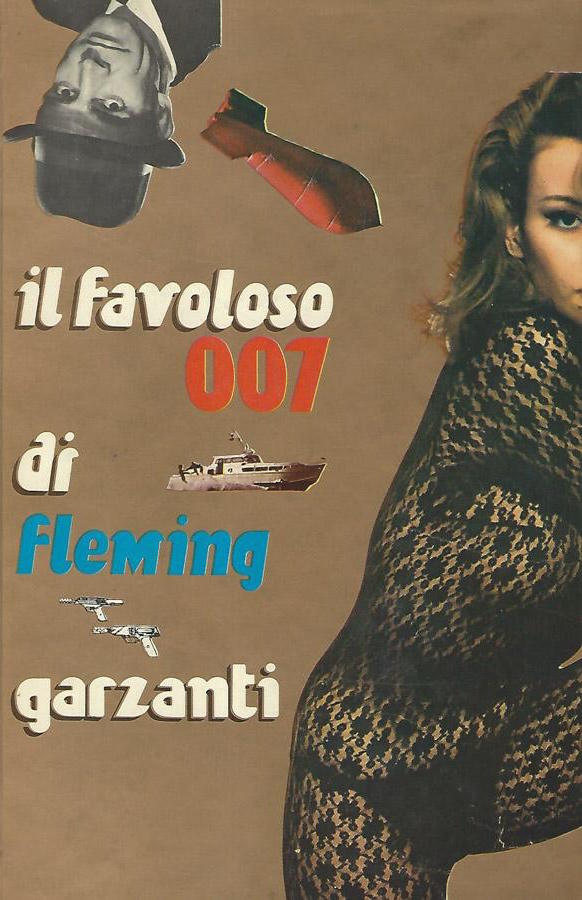
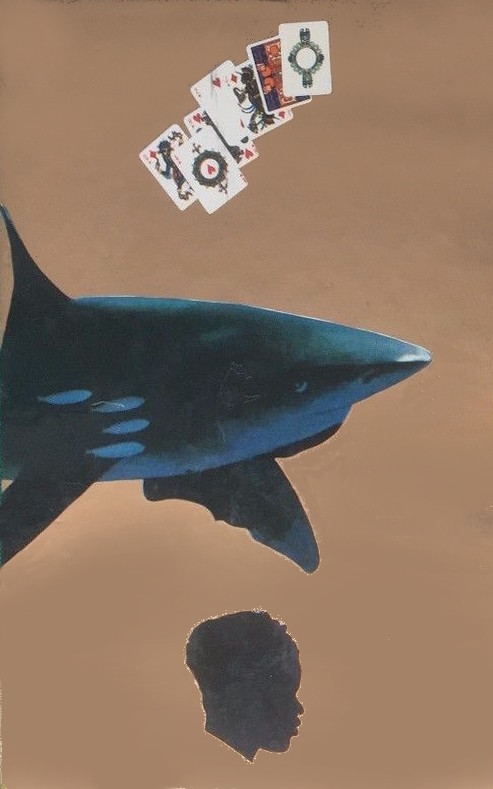 Here's a little something to add to the Ian Fleming bin. This is Il favoloso 007 di Fleming, published in Italy in 1973 by the Milan based company Garzanti. It's a compendium of the four James Bond novels Casinò Royal, Vivi e lascia morire, Il grande slam della morte, and Una cascata di diamanti, better known as Casino Royale, Live and Let Die, Moonraker, and Diamonds Are Forever. The cover for this is great, we think, and as a bonus the interior also contains some black and white photos. Here's a little something to add to the Ian Fleming bin. This is Il favoloso 007 di Fleming, published in Italy in 1973 by the Milan based company Garzanti. It's a compendium of the four James Bond novels Casinò Royal, Vivi e lascia morire, Il grande slam della morte, and Una cascata di diamanti, better known as Casino Royale, Live and Let Die, Moonraker, and Diamonds Are Forever. The cover for this is great, we think, and as a bonus the interior also contains some black and white photos. But really, we were drawn to this because of the model and her fishnet bodysuit. Or is that lace? Doesn't matter. She's none other than Claudine Auger, aka Domino from 1965's Thunderball. Sean Connery gets a corner of the cover as well, and the rear is interesting too, with its shark and cards from To Live and Let Die. Technically, those cards should be tarots, but whatever, nice art anyway. And speaking of nice, we also located the photo used to make the cover, and you see that below too. Really cool collector's item, which we'd buy if we read Italian. But alas, that isn't one of our languages, so this one still languishes at auction. 
 Something about Paris just makes you want to dance. 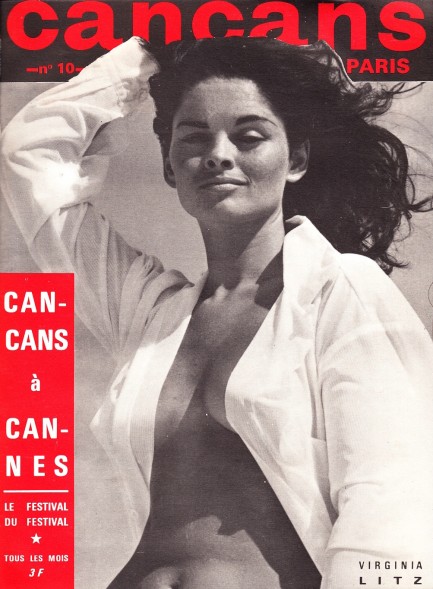
This issue of Cancans de Paris, which is number 10, hit newsstands this month in 1966 featuring cover star Virginia Litz, someone we saw a while back in Folies de Paris et de Hollywood, but modeling under the pseudonym Arabelle. Turns out Litz may be a pseudonym too, as we've determined she's also known—and better known—as Christine Aarons. She pops up inside Cancans along with Gloria Paul, Dany Carrel, Sylvia Sorrente, and Uta Levka, as well as Sean Connery and Claudine Auger, who were starring together in Thunderball. We have Virginia Litz/Christine Aarons on at least one other mid-century magazine, which we'll post a bit later. In the meantime below are assorted scans from today's issue. 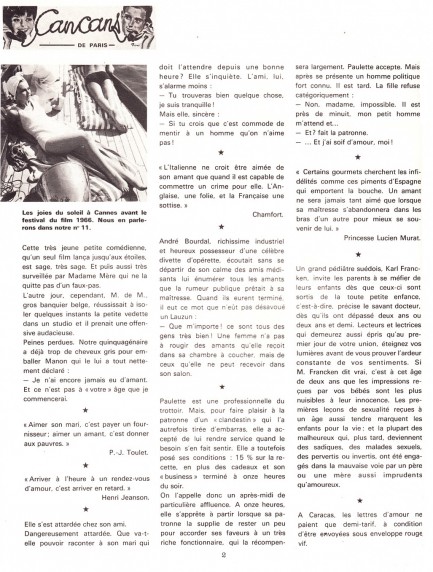 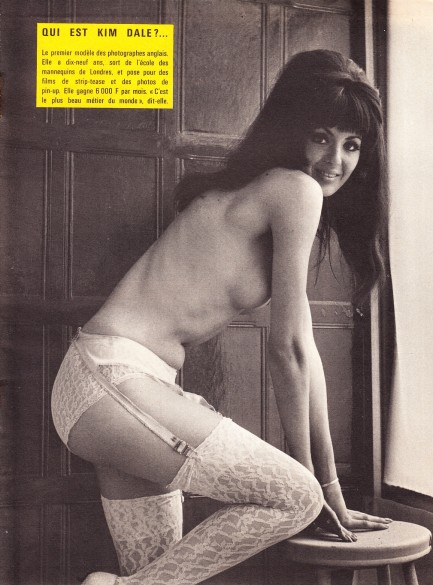 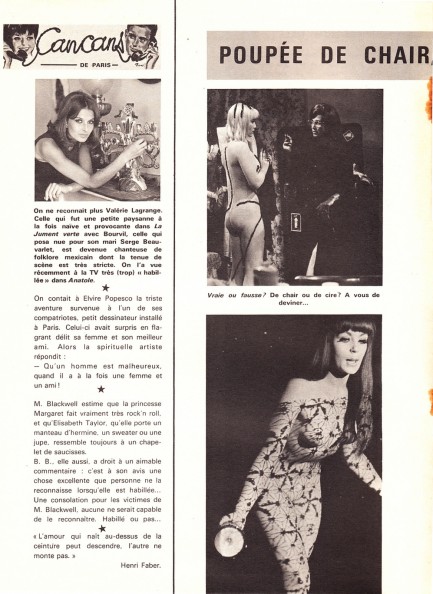 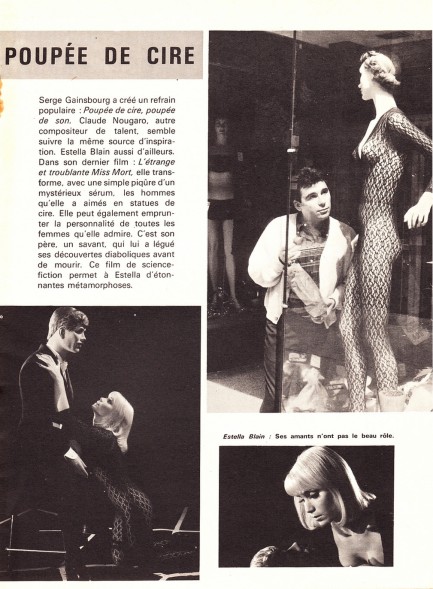  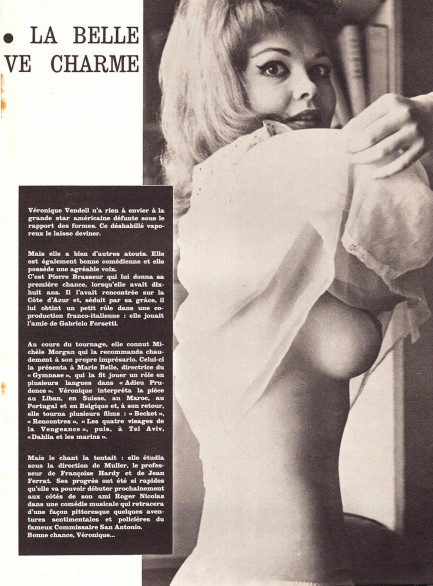 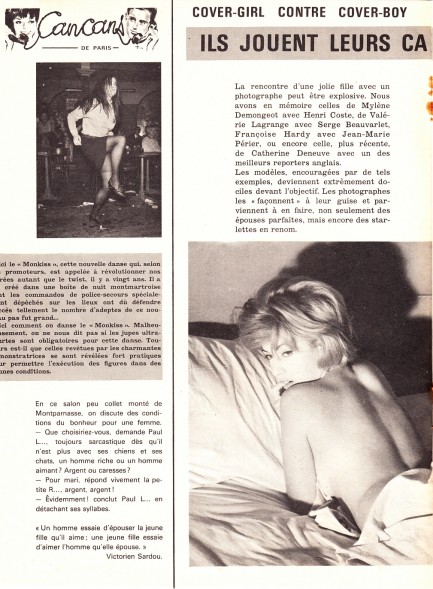 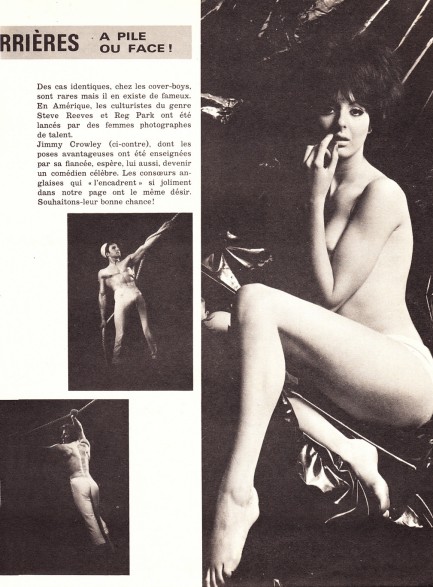 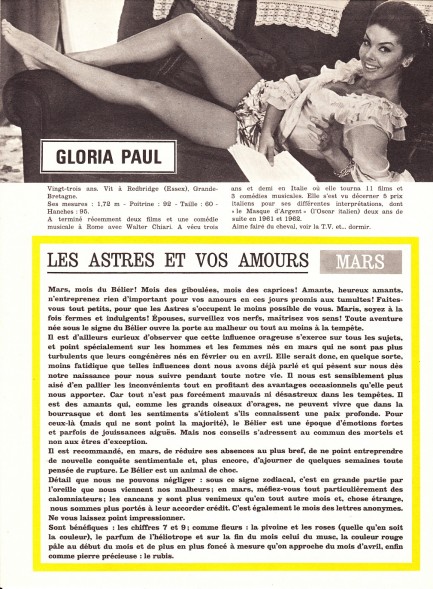 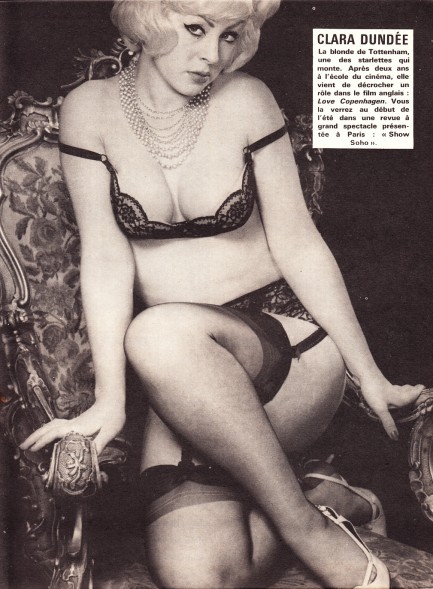 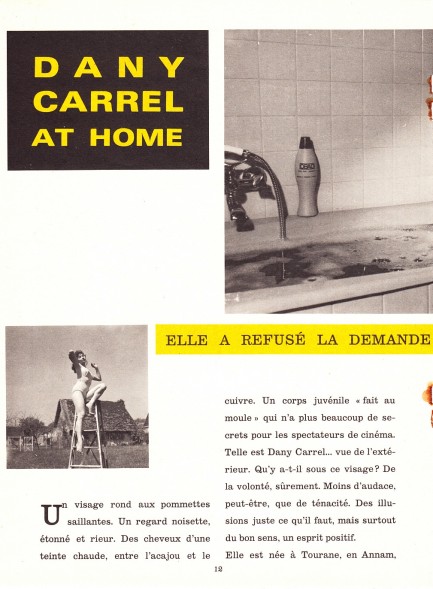 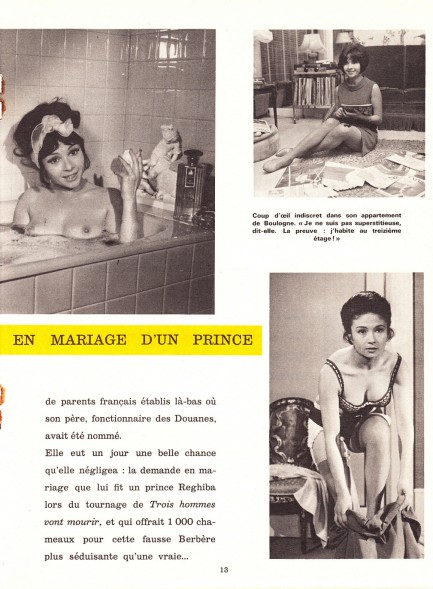 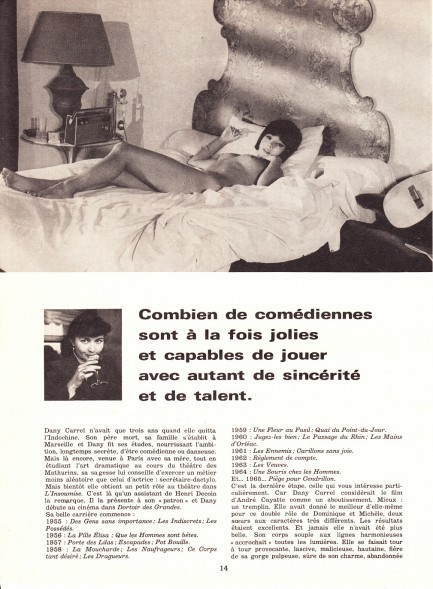 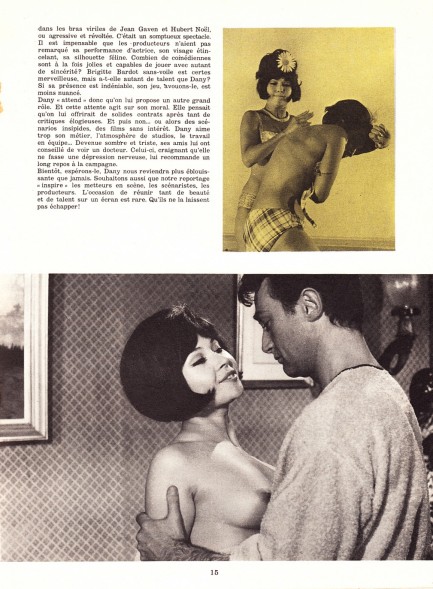 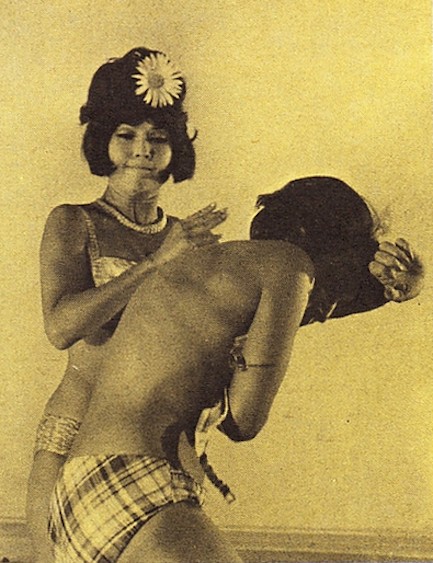 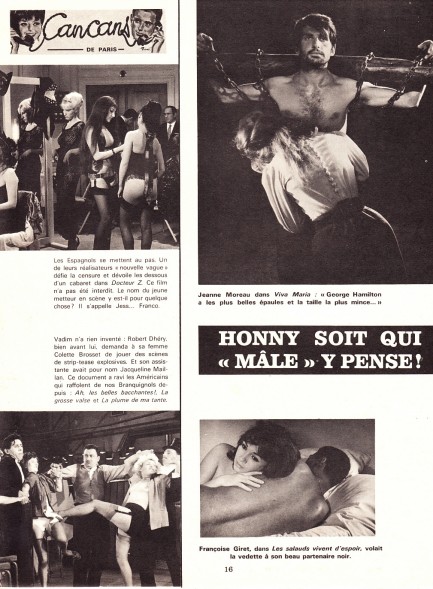 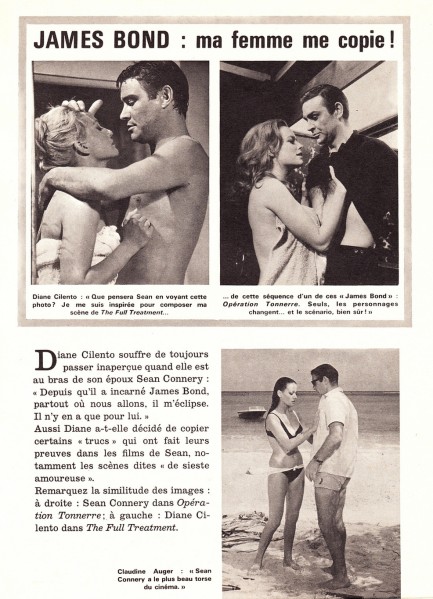 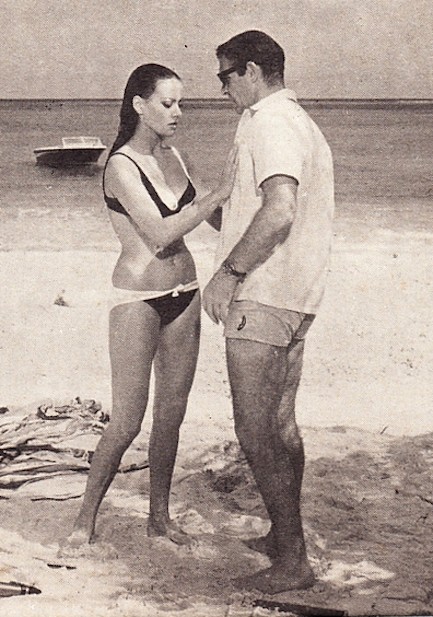 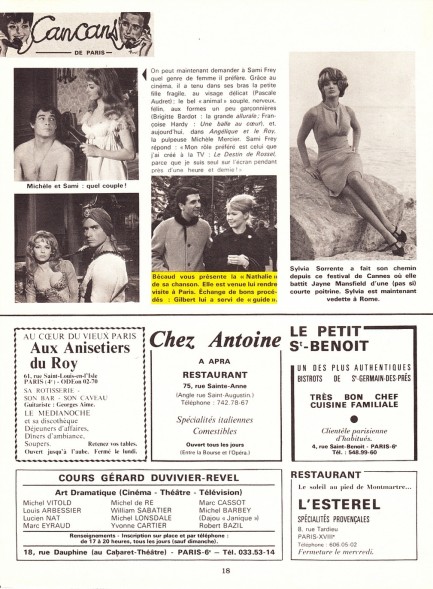 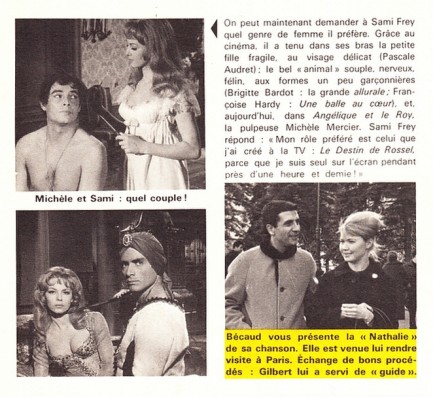 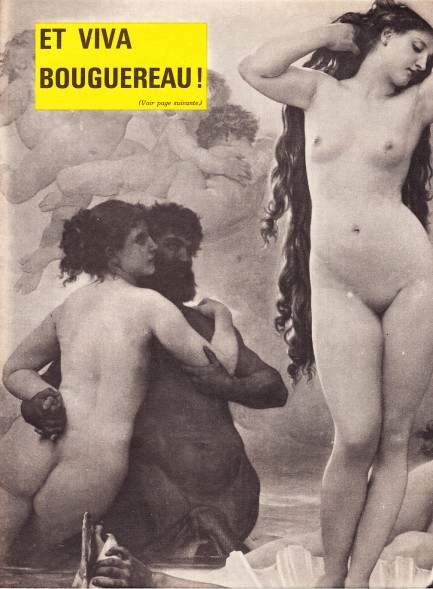 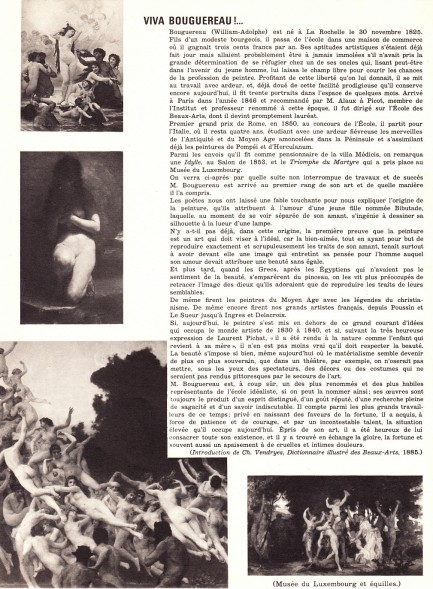 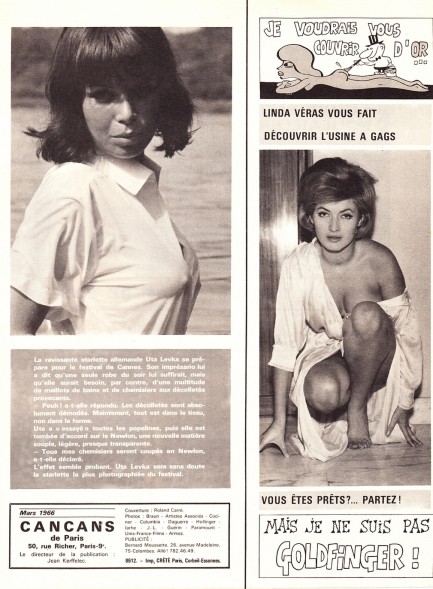 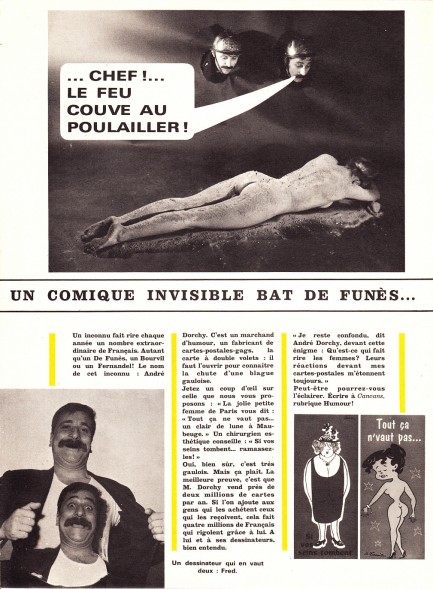 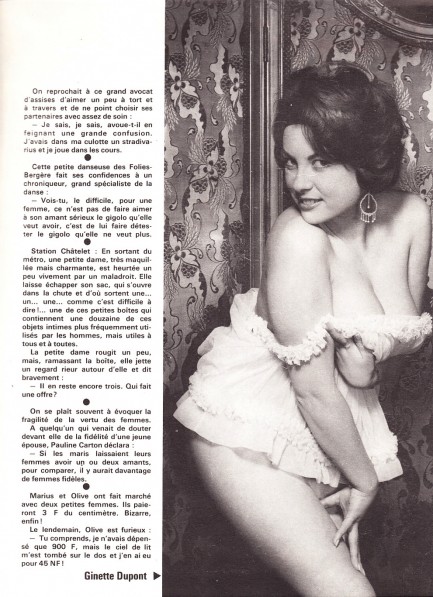 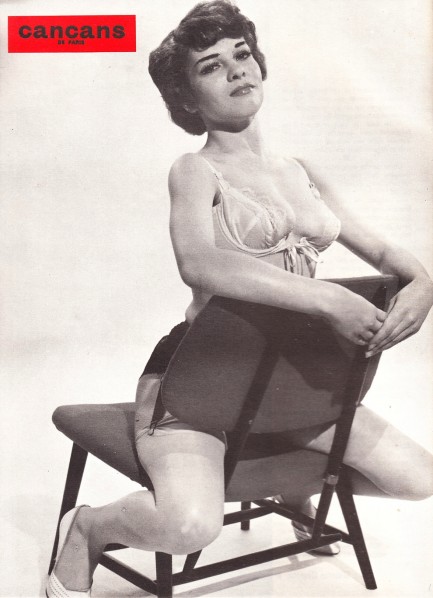
 Eew, you mean you want me to, like, hug her and stuff? 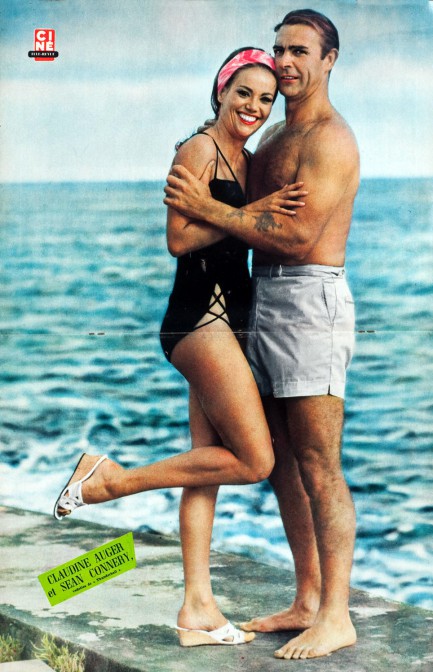
When we saw this we had to share it. It’s a centerfold from Belgium’s Ciné Télé Revue magazine featuring Claudine Auger and Sean Connery. Made when they were promoting their pairing in the James Bond actioner Thunderball, the dubious expression on Connery’s seemingly lipsticked face is exactly the same as if he’d been forced to hug an octopus, while Auger seems to be having fun, but ended up with a double chin that probably made her shriek in horror when she saw the shot. But even though we suspect both actors probably fired their publicists after this, the result is a rare, candid photo showing that even the prettiest stars are, in the end, imperfect.
 We’ve got something special up our sleeves. 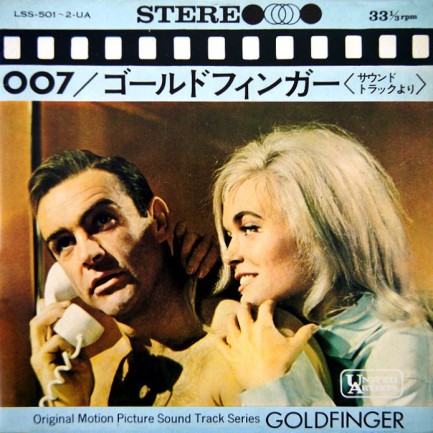
Above and below are the front and rear sleeves of four Japanese soundtrack pressings for the 1960s James Bond films Thunderball, From Russia with Love, You Only Live Twice, and Goldfinger. The themes were sung by Tom Jones, Matt Munro, Nancy Sinatra, and Shirley Bassey respectively, and pictured along with Sean Connery you see Bond beauties Claudine Auger and Shirley Eaton. Ms. Eaton, as wrong-place wrong-time Jill Masterson, had the dubious honor of being suffocated under a coating of gold paint, certainly one of the most infamous deaths of any Bond femme. We think these sleeves are great, and if you agree and want to see a lot more excellent 007 soundtrack art, check our previous posts here, here, and especially here. On a related note, the Bond franchise’s fiftieth anniversary is next month, and in honor of the occasion former star Roger Moore, along with co-stars Britt Ekland and Richard Kiel, are touring around England with a Blu-ray box set of all the films, which are stored inside a gold case that is in turn comfortably riding in one of Bond’s preferred vehicles, an Aston Martin DBS. Actors, auto, and discs are visiting some of the iconic locations of the Bond series in advance of the release of the next film, which is entitled Skyfall. You can read more about all that here.
 Dig this legendary Bond girl. 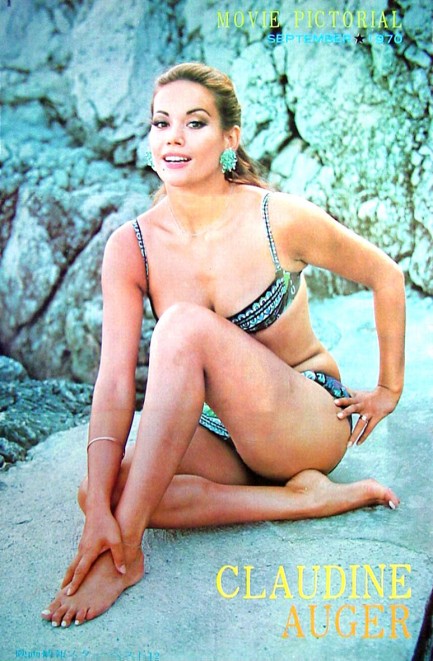
Here’s an image of Claudine Auger we bet you’ve never seen before. That’s because it comes from the hard-to-find Japanese film magazine Movie Pictorial, published September 1970. Auger, a former Miss France, debuted in cinema in 1960, but became known in the U.S. when she played Domino in the James Bond film Thunderball in 1965.
|
 |

The headlines that mattered yesteryear.
2003—Hope Dies
Film legend Bob Hope dies of pneumonia two months after celebrating his 100th birthday. 1945—Churchill Given the Sack
In spite of admiring Winston Churchill as a great wartime leader, Britons elect
Clement Attlee the nation's new prime minister in a sweeping victory for the Labour Party over the Conservatives. 1952—Evita Peron Dies
Eva Duarte de Peron, aka Evita, wife of the president of the Argentine Republic, dies from cancer at age 33. Evita had brought the working classes into a position of political power never witnessed before, but was hated by the nation's powerful military class. She is lain to rest in Milan, Italy in a secret grave under a nun's name, but is eventually returned to Argentina for reburial beside her husband in 1974. 1943—Mussolini Calls It Quits
Italian dictator Benito Mussolini steps down as head of the armed forces and the government. It soon becomes clear that Il Duce did not relinquish power voluntarily, but was forced to resign after former Fascist colleagues turned against him. He is later installed by Germany as leader of the Italian Social Republic in the north of the country, but is killed by partisans in 1945.
|

|
|

It's easy. We have an uploader that makes it a snap. Use it to submit your art, text, header, and subhead. Your post can be funny, serious, or anything in between, as long as it's vintage pulp. You'll get a byline and experience the fleeting pride of free authorship. We'll edit your post for typos, but the rest is up to you. Click here to give us your best shot.

|
|














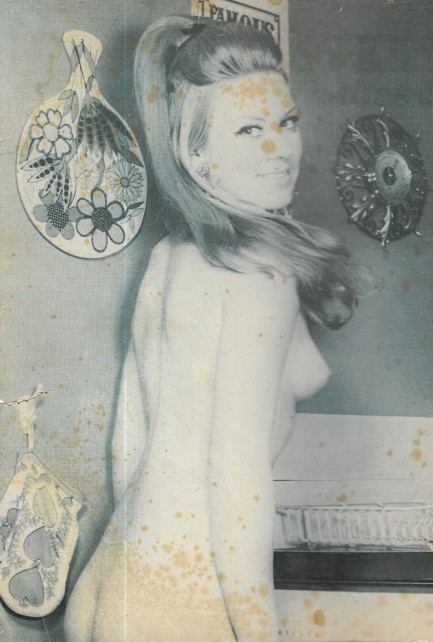
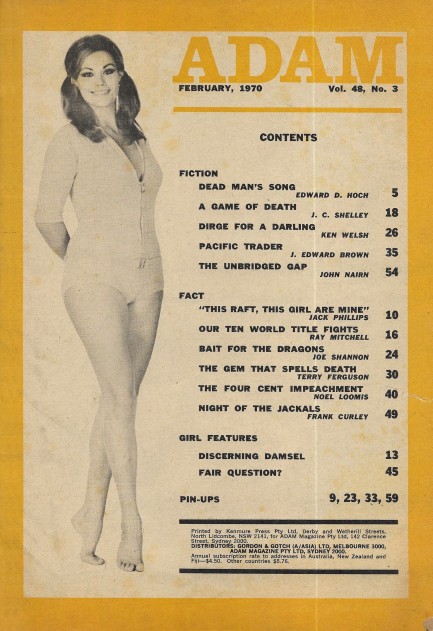

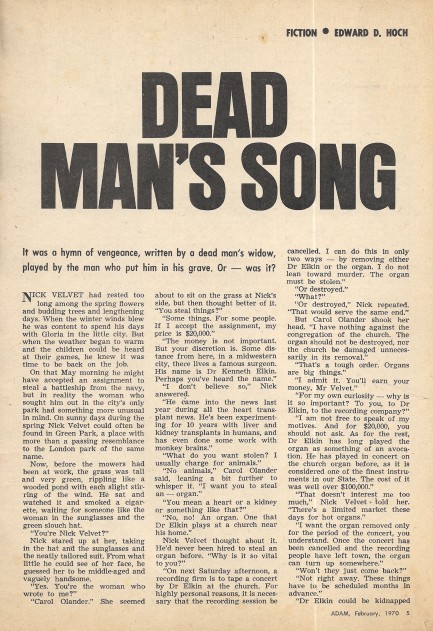
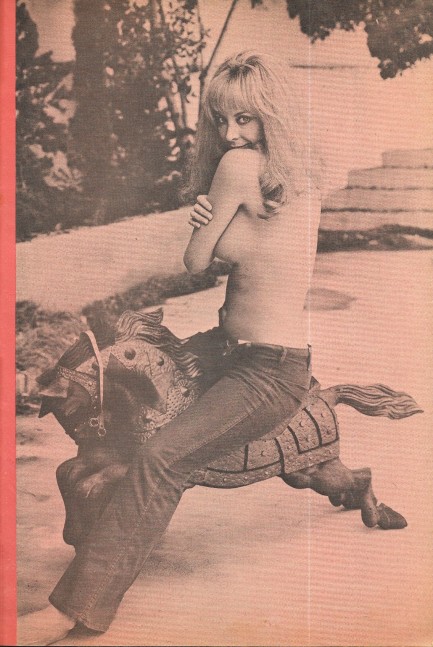
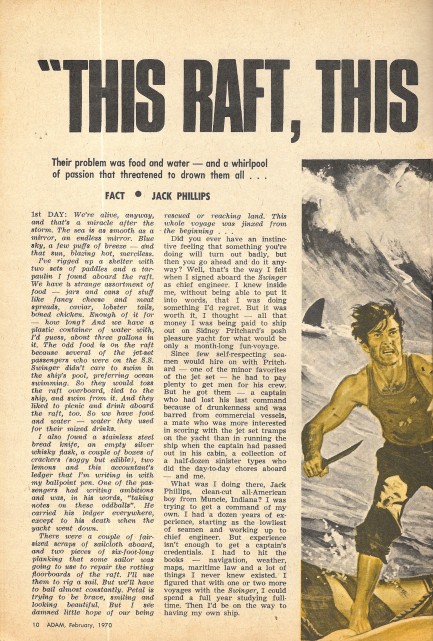
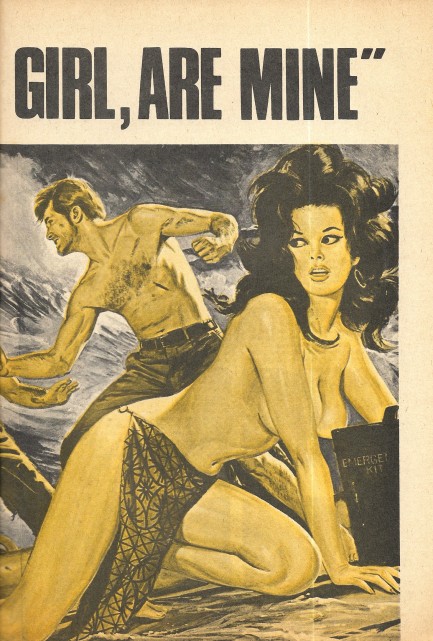

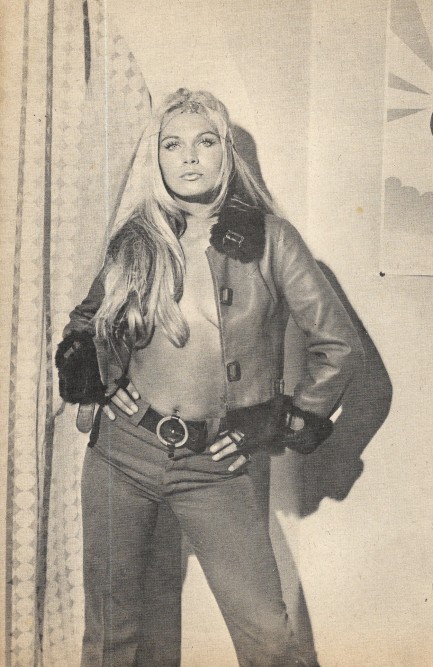
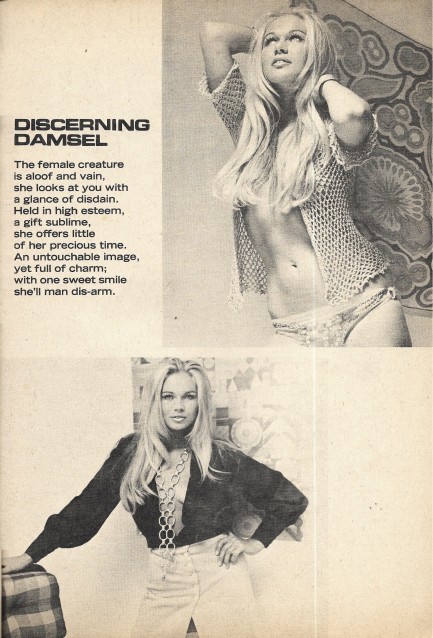


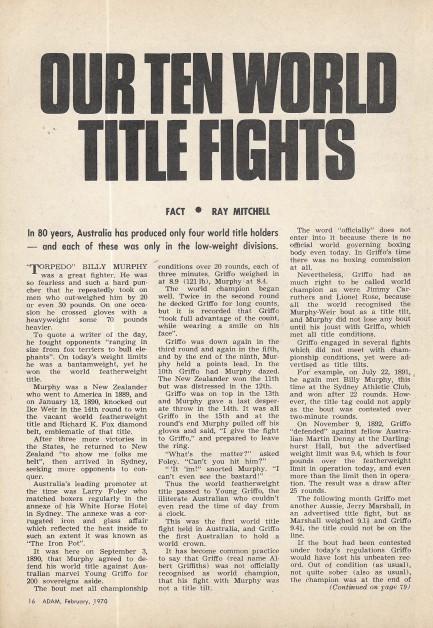
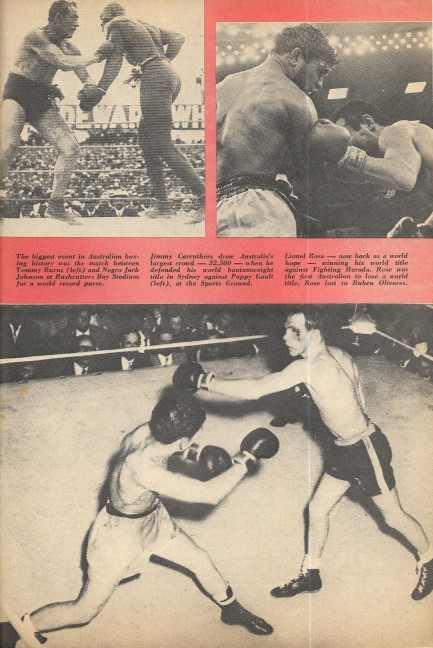
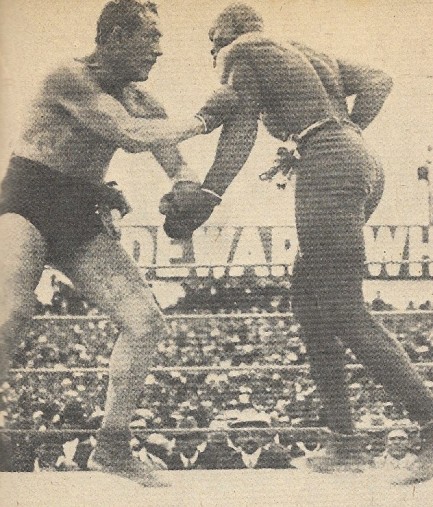
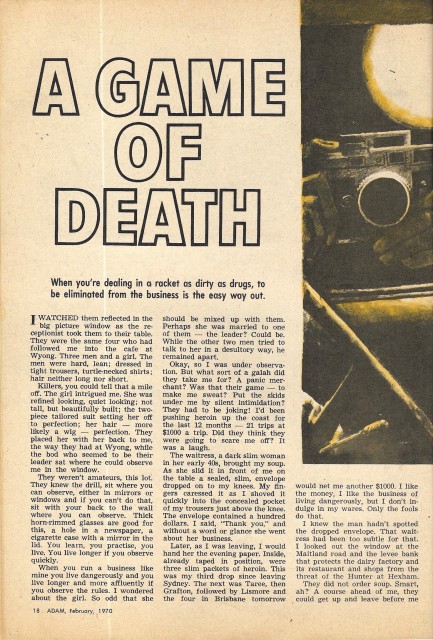


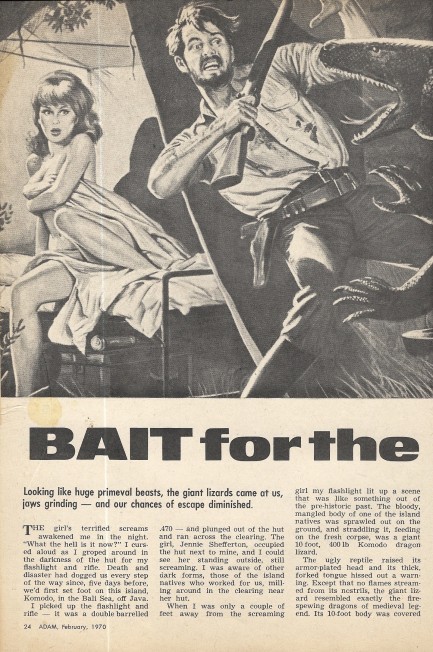
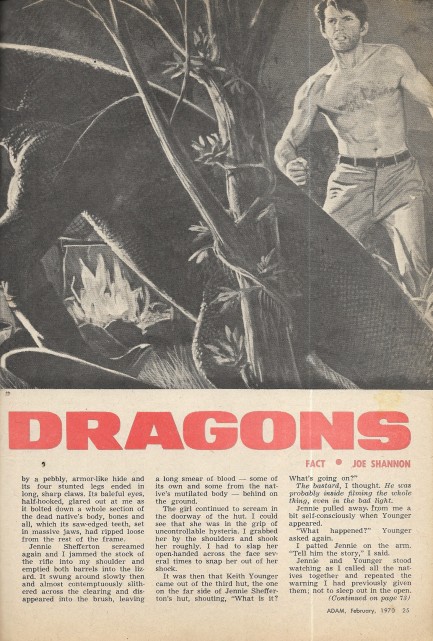
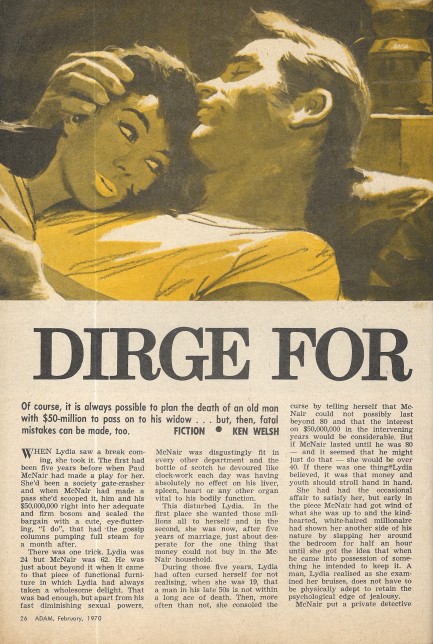
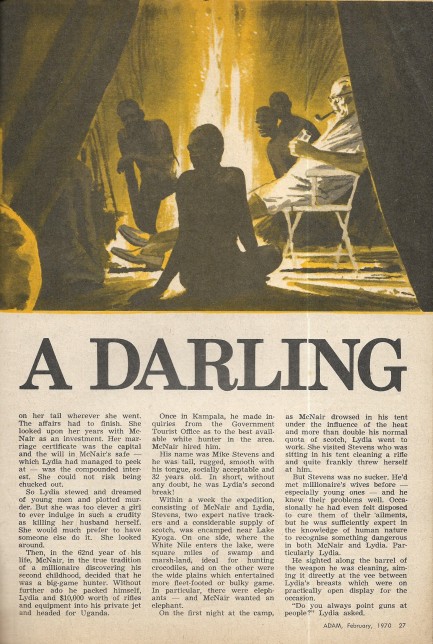
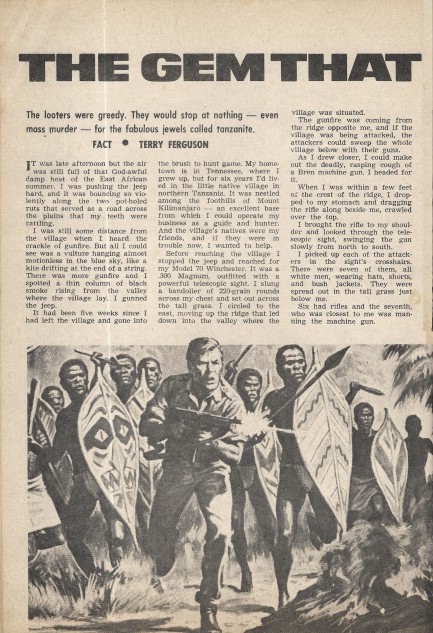
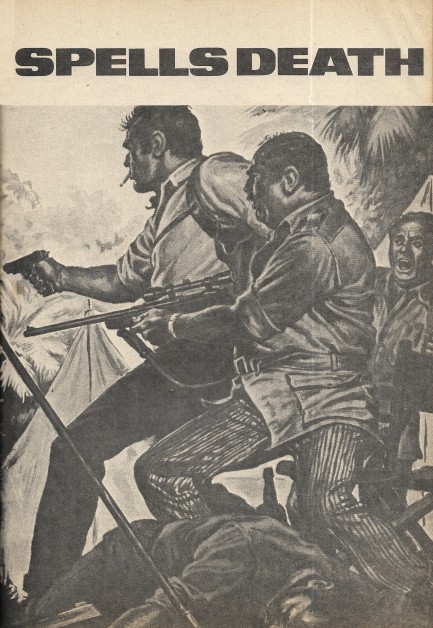
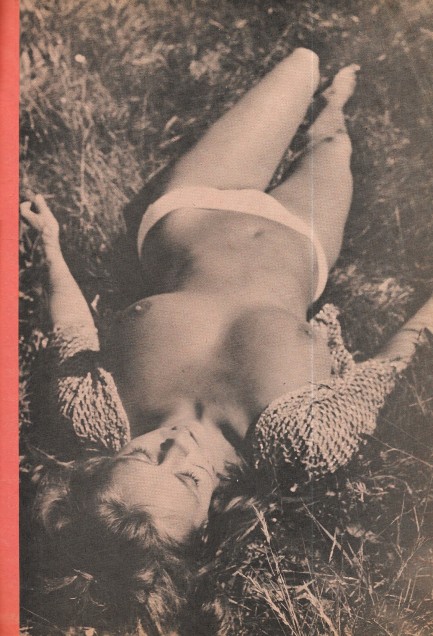
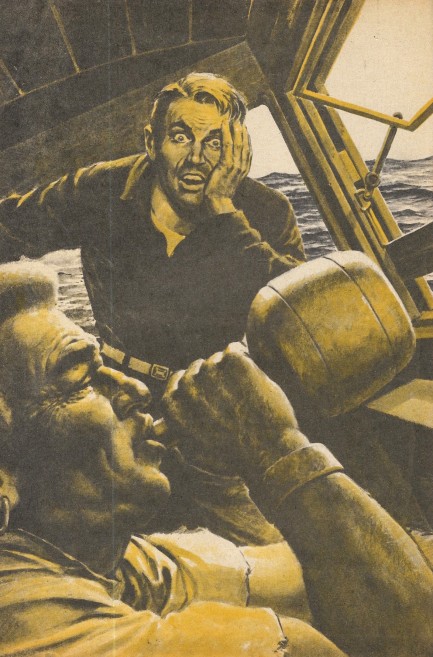
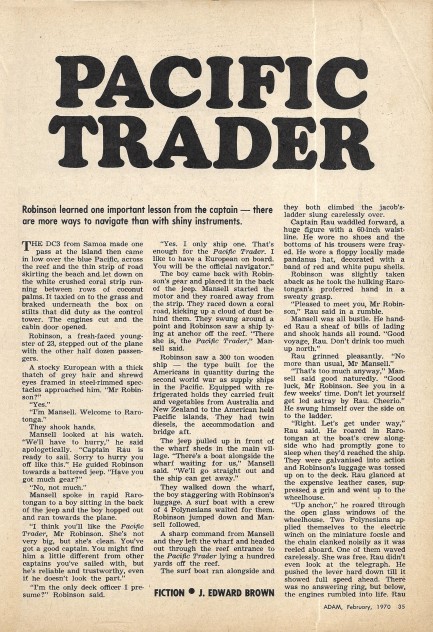

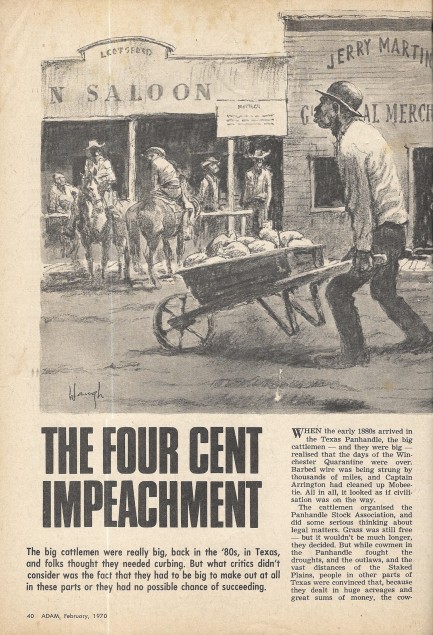
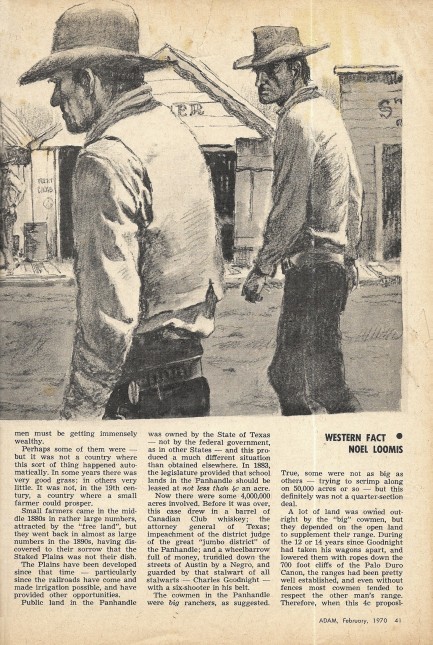
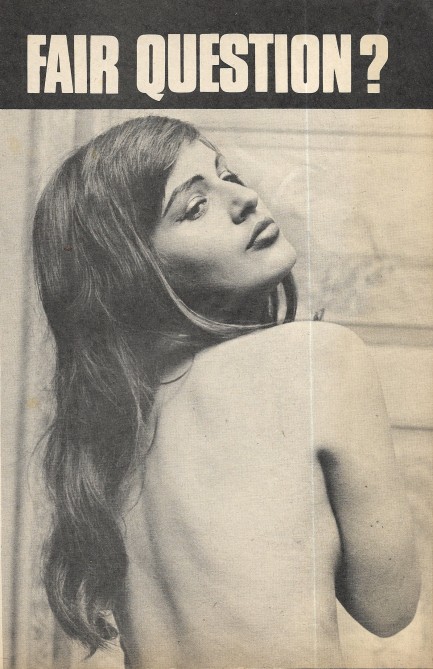
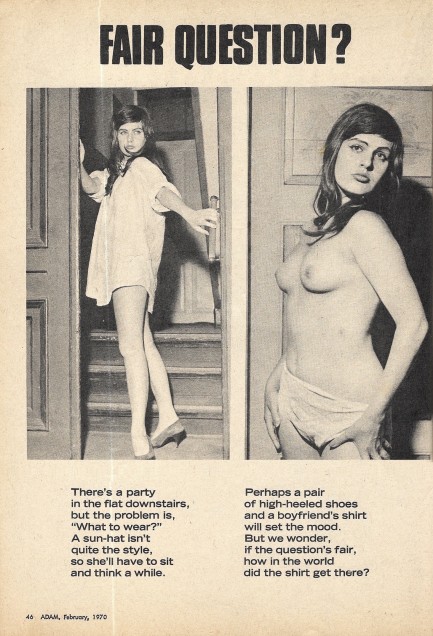


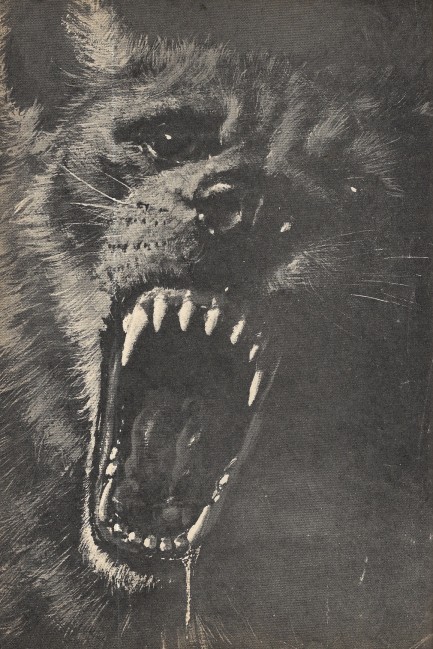
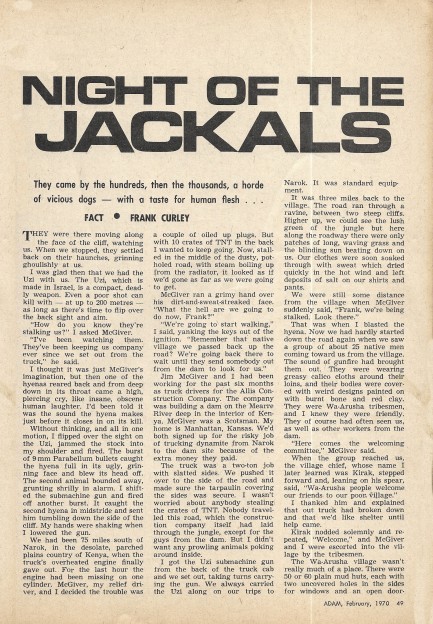
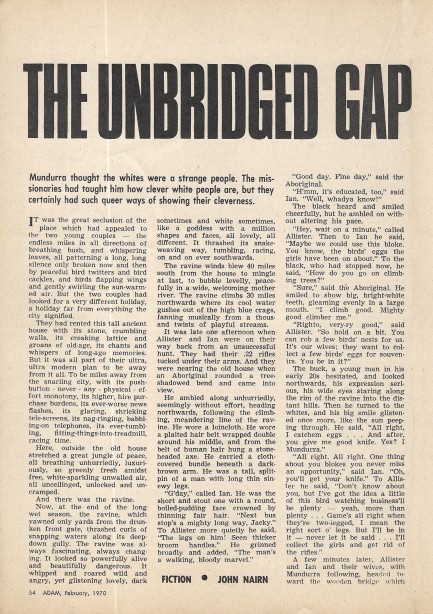
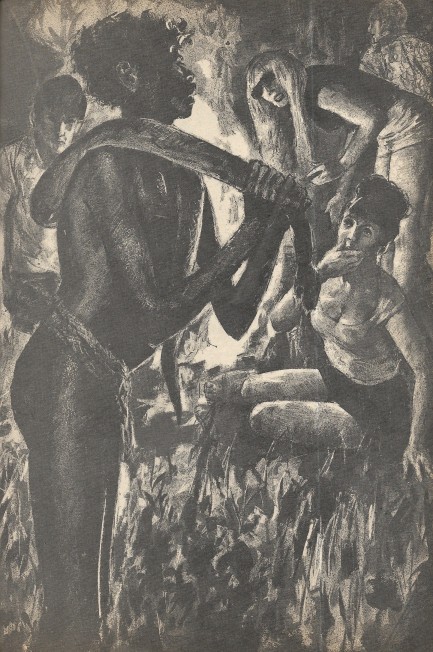
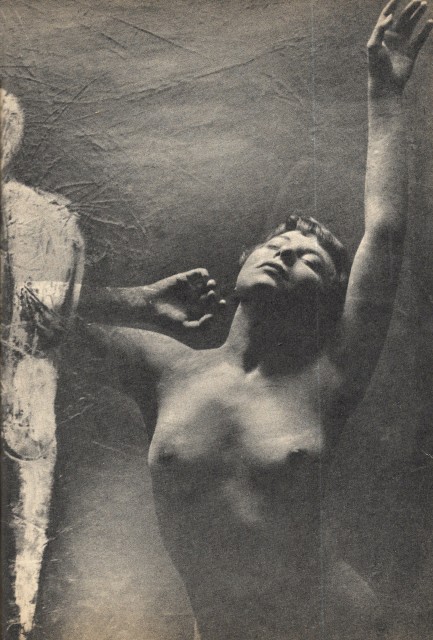
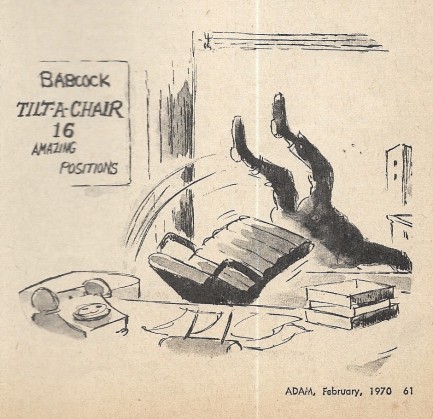
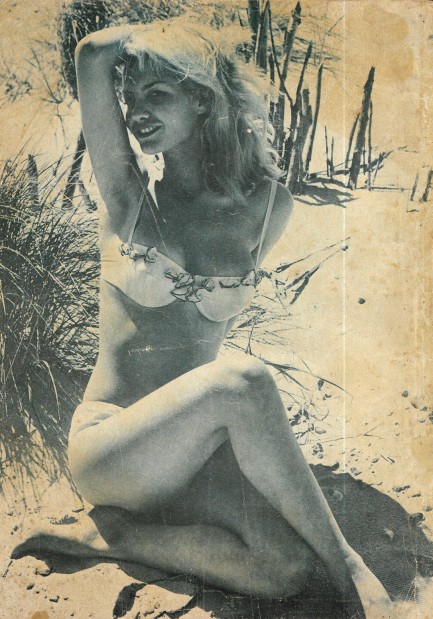


 Here's a little something to add to the Ian Fleming bin. This is Il favoloso 007 di Fleming, published in Italy in 1973 by the Milan based company Garzanti. It's a compendium of the four James Bond novels Casinò Royal, Vivi e lascia morire, Il grande slam della morte, and Una cascata di diamanti, better known as Casino Royale, Live and Let Die, Moonraker, and Diamonds Are Forever. The cover for this is great, we think, and as a bonus the interior also contains some black and white photos.
Here's a little something to add to the Ian Fleming bin. This is Il favoloso 007 di Fleming, published in Italy in 1973 by the Milan based company Garzanti. It's a compendium of the four James Bond novels Casinò Royal, Vivi e lascia morire, Il grande slam della morte, and Una cascata di diamanti, better known as Casino Royale, Live and Let Die, Moonraker, and Diamonds Are Forever. The cover for this is great, we think, and as a bonus the interior also contains some black and white photos.
































